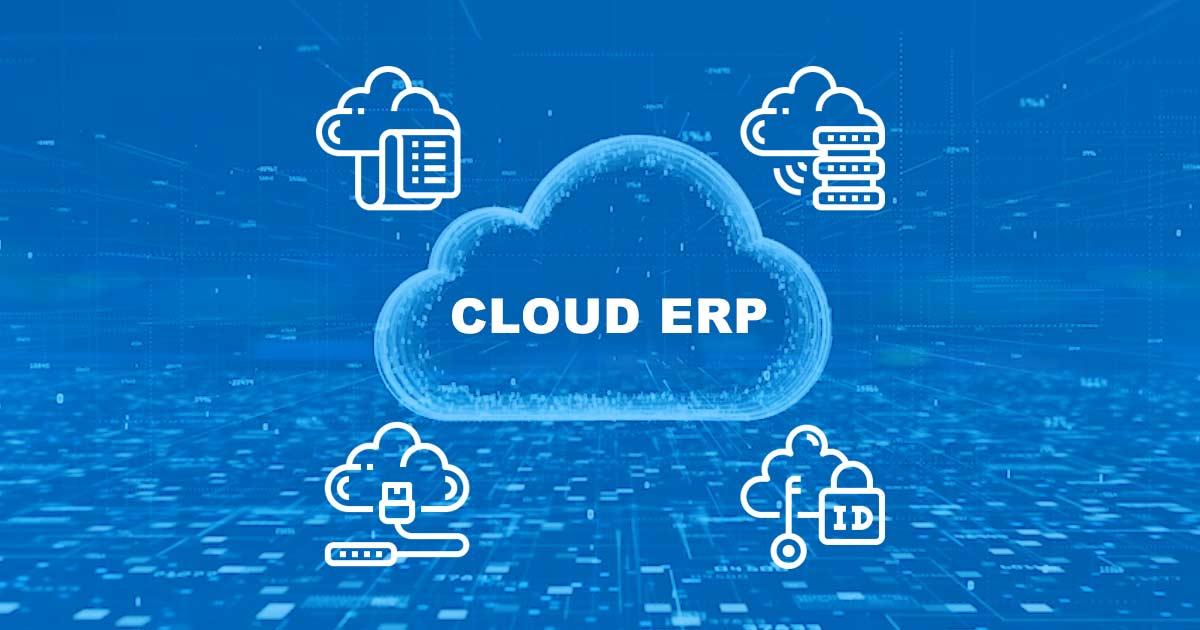Embracing Digital Transformation with Cloud ERP Solutions

Cloud ERP (Enterprise Resource Planning) is transforming the way businesses operate by offering a modern, agile, and scalable alternative to traditional on-premises systems. As organizations increasingly shift toward digital transformation, cloud ERP solutions are gaining traction due to their cost efficiency, real-time capabilities, and ability to support remote operations. These systems provide a unified platform for managing core business processes such as finance, human resources, supply chain, manufacturing, customer relationship management, and more—hosted on a cloud infrastructure. This evolution in enterprise software is not only redefining IT strategies but also enabling companies to become more competitive in a fast-paced business environment.
One of the most compelling reasons for adopting cloud ERP is its affordability. Unlike traditional ERP systems that require large upfront investments in hardware, licenses, and IT personnel, cloud ERP operates on a subscription-based model. This means businesses can access robust enterprise-level functionalities without incurring heavy capital expenses. The pay-as-you-go pricing also provides flexibility, making it easier for small and medium-sized enterprises (SMEs) to leverage advanced tools that were previously accessible only to large corporations. Additionally, cloud ERP vendors handle system maintenance, upgrades, and security, significantly reducing the burden on internal IT teams.
Scalability is another key advantage of cloud ERP solutions. As companies grow or change, their ERP systems must adapt accordingly. Cloud-based platforms offer seamless scalability that allows organizations to add new users, functionalities, and even geographic locations without major disruptions. This flexibility is particularly important in today’s globalized business landscape where companies must respond quickly to market changes, customer demands, and evolving regulations. Cloud ERP systems can be customized and scaled in real-time, supporting business continuity and agility.
Real-time data access and improved collaboration are also notable benefits of cloud ERP. With cloud-based systems, all departments across an organization can access a centralized database, ensuring consistent and up-to-date information. This improves decision-making, reduces errors, and enhances cross-functional collaboration. For example, the finance team can instantly view inventory updates from the warehouse or sales data from the customer service department. Real-time insights enable faster reporting, forecasting, and performance monitoring, which are critical for maintaining a competitive edge.
Security is often a concern when it comes to cloud solutions, but reputable cloud ERP providers invest heavily in robust cybersecurity measures. These include data encryption, regular backups, multi-factor authentication, and compliance with global data protection standards. In many cases, cloud-based systems offer higher levels of security than on-premises deployments, particularly for businesses that lack dedicated IT security teams. Furthermore, cloud ERP ensures business continuity with automatic disaster recovery protocols, reducing the risk of data loss and minimizing downtime.
The ability to access ERP systems from anywhere, at any time, is another advantage that supports today’s increasingly remote and mobile workforce. Cloud ERP enables employees to work from home, in the field, or across different global locations using laptops, tablets, or smartphones. This is especially valuable in industries where operations span multiple geographies or require mobile access to critical business data. The integration of mobile apps, dashboards, and cloud analytics tools makes it easier for teams to stay productive and informed, no matter where they are.
Implementing a cloud ERP system can also enhance innovation through integration with emerging technologies. Many cloud ERP platforms are designed to integrate easily with AI, machine learning, Internet of Things (IoT), and advanced analytics. This opens up new possibilities for automation, predictive analytics, and intelligent decision-making. For instance, machine learning algorithms can analyze purchasing trends and suggest cost-saving measures, while IoT devices can feed real-time production data directly into the ERP system for immediate analysis. Such capabilities can drive continuous improvement and strategic growth.
While the benefits of cloud ERP are substantial, implementation requires careful planning and change management. Organizations must clearly define their business needs, select the right ERP provider, and allocate time and resources for training and adoption. A phased rollout, starting with critical modules and expanding over time, is often the most effective approach. Involving key stakeholders and ensuring user engagement from the beginning can also help smooth the transition and maximize the return on investment.
Several industries have already seen significant improvements from cloud ERP adoption. In manufacturing, cloud ERP helps streamline supply chain operations, manage inventory, and optimize production schedules. In retail, it enables real-time tracking of sales and inventory across multiple channels. In the healthcare sector, cloud ERP supports patient data management, billing, and regulatory compliance. Regardless of the industry, cloud ERP offers a powerful solution for organizations looking to improve efficiency, reduce costs, and drive innovation.
Source - https://www.marketresearchfuture.com/reports/cloud-erp-market-2756
Cloud ERP is more than just a technological upgrade—it is a strategic enabler of digital transformation. By moving to the cloud, businesses can become more agile, responsive, and data-driven. The reduced IT burden, lower costs, improved collaboration, and enhanced scalability make cloud ERP an attractive choice for companies of all sizes. As the business environment continues to evolve, adopting a cloud ERP solution may be the key to staying competitive and future-ready in the digital age.



